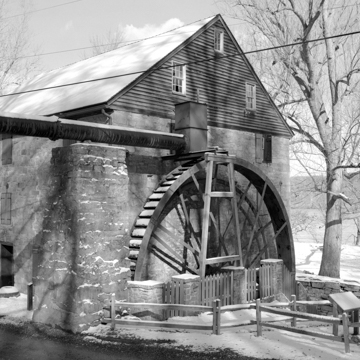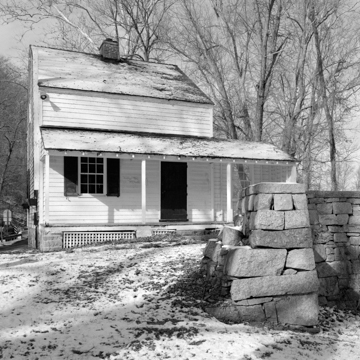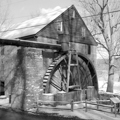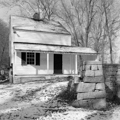Sitting along a remnant of the former Susquehanna and Tidewater Canal is the gristmill erected by John Stump. Stump was one of the richest businessmen in the county, owning thousands of acres of farmlands for grain production, as well as a shipping business. He erected this mill to take advantage of the region’s lucrative flour trade, producing for both the local market and an international clientele, shipped through the port of Baltimore. Built of rubble stone reinforced by keystoned lintels and large quoins, the mill was powered by water provided by a millpond and dam on Rock Run. Following Stump’s death in 1816, his daughter Ann and her husband, physician John Archer Jr., took over production.
To transport their flour, a turnpike connecting Rock Run with Baltimore was completed by 1818, facilitated by the first bridge across the Susquehanna, built by the Stump-Archer family, operating as the Rock Run Bridge and Banking Company. Although the bridge no longer exists, the small, story-and-a-half toll house and keeper’s residence still stands.
The Carter-Archer House was erected in 1804 for Stump’s business partner, John Carter. One of the finest houses of its day in Harford County, the thirteen-room stone dwelling is perhaps the earliest example of a regional house type whereby the gable-roofed main block and wing are joined by a hip. Stump acquired the house, which also passed to Ann. The mill ceased operations in 1954, and the entire site was acquired by the state in 1960 as part of Susquehanna State Park.


















